Berlin isn’t just Germany’s capital—it’s a living museum where decades of history blend into one fascinating urban adventure. From Cold War remnants to vintage shopping districts, this city offers countless ways to step back in time and experience different eras firsthand.
The best part about exploring Berlin’s retro side is how authentic everything feels. Here is a list of 17 retro adventures that will transport you through the city’s incredible past.
East Side Gallery

The world’s longest remaining stretch of the Berlin Wall has been transformed into an open-air gallery featuring over 100 murals painted by 118 artists from 21 countries. This 0.8-mile section captures themes of freedom and German reunification, though many original 1990 works were restored in 2009.
Walking along this concrete canvas feels like stepping into a time machine where graffiti art meets world history.
Checkpoint Charlie

This famous border crossing point between East and West Berlin now features a reconstructed guard hut and the BlackBox Cold War exhibition with informational displays about escape attempts. The original structure was removed in 1990, but the site maintains its historical significance as a crucial gateway between two different worlds.
You can almost hear the echo of passport stamps and nervous conversations from decades past.
Like Travel Pug’s content? Follow us on MSN.
DDR Museum
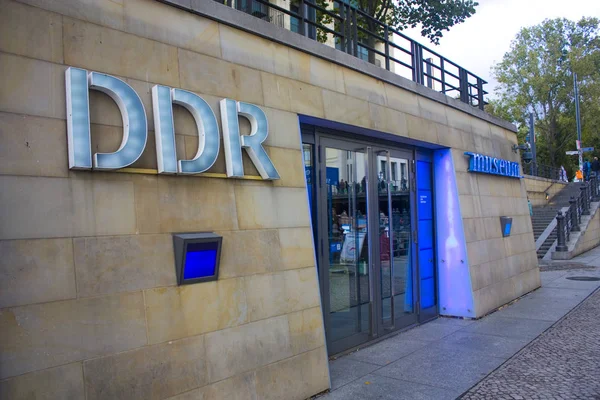
This interactive museum lets you experience daily life in East Germany without the actual oppression. You can sit in a genuine Trabant car, explore a typical DDR apartment, and handle everyday objects that shaped life behind the Iron Curtain.
The hands-on approach makes communist-era history feel tangible rather than distant.
Prenzlauer Berg Vintage Shopping
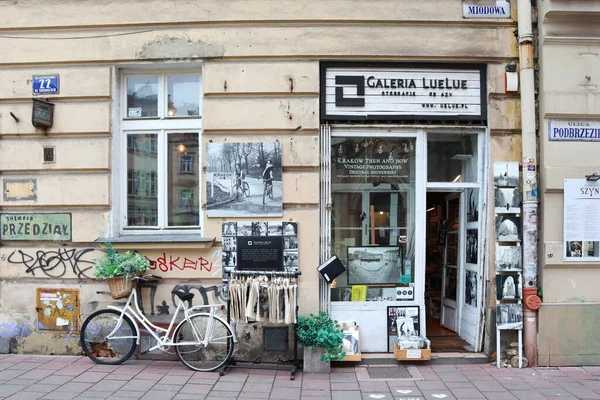
The cobblestone streets of this former East Berlin neighborhood are lined with shops selling authentic vintage clothing from multiple decades. Local boutiques offer everything from 1960s mod dresses to 1980s leather jackets, creating a treasure trove of authentic retro fashion.
It’s like having access to the city’s collective closet spanning several decades of style.
Hackescher Markt S-Bahn Station
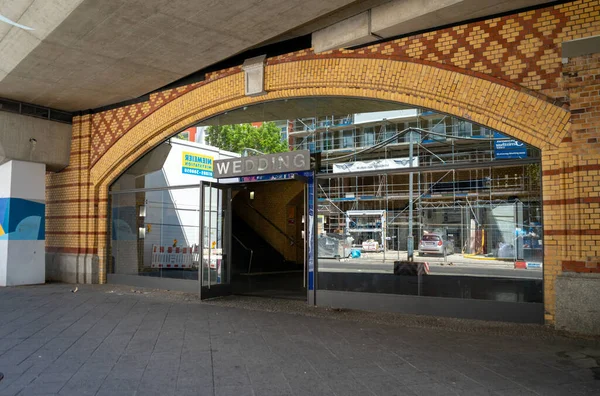
This 1882 train station showcases elegant architecture from Berlin’s imperial era with its distinctive brick arches and original facade. The surrounding courtyards maintain their pre-war charm with art galleries and cafes tucked into historic buildings.
Taking the S-Bahn from here feels like boarding a time machine to a more elegant era.
Like Travel Pug’s content? Follow us on MSN.
Nikolaiviertel
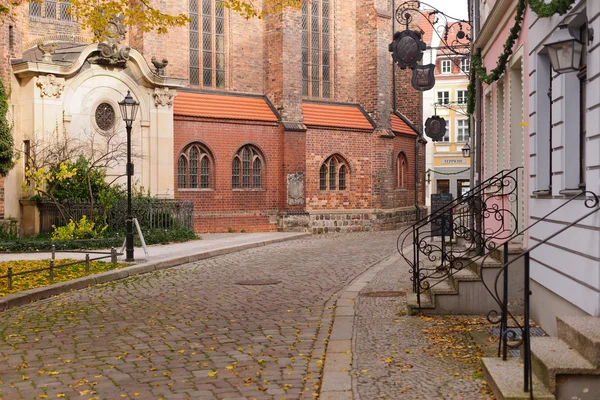
This reconstructed medieval quarter near Museum Island recreates the atmosphere of Berlin’s earliest days with cobblestone streets and traditional architecture. Built between 1981 and 1987 for Berlin’s 750th anniversary, the area captures the essence of medieval Berlin life through its faithful historical designs.
Street performers and traditional craft shops enhance the historical immersion.
Friedrichshain’s Retro Bars
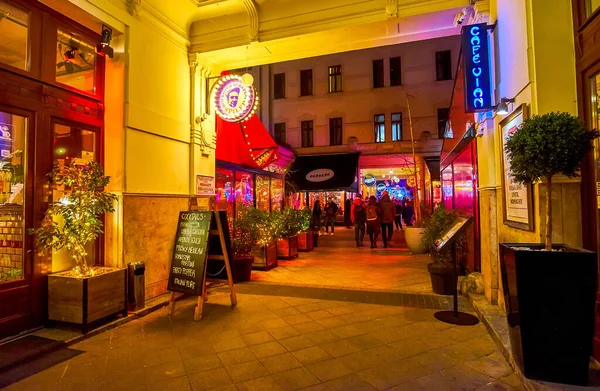
The narrow streets of this former East Berlin district hide bars that embrace vintage aesthetics from different decades. The neighborhood’s alternative scene has created authentic-feeling spaces that capture the spirit of Berlin’s countercultural past.
Many establishments serve drinks in a setting that feels genuinely retro rather than manufactured.
Mauerpark Flea Market
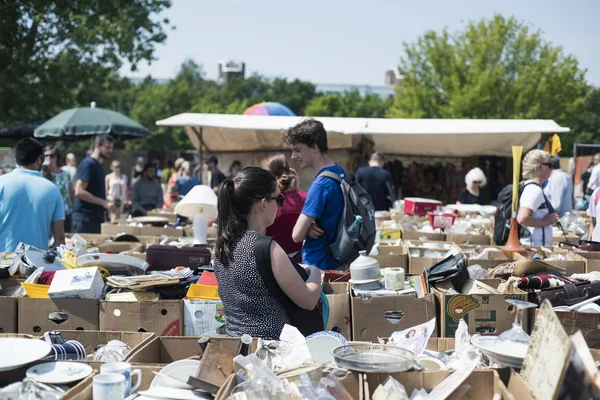
Every Sunday, this park transforms into a massive flea market where locals sell vintage treasures, including DDR-era household items and decades-old fashion pieces. The amateur karaoke sessions in the stone amphitheater add a wonderfully chaotic soundtrack to your vintage shopping experience.
You’ll find authentic pieces that tell stories of Berlin’s recent past.
Like Travel Pug’s content? Follow us on MSN.
Museum Island Architecture
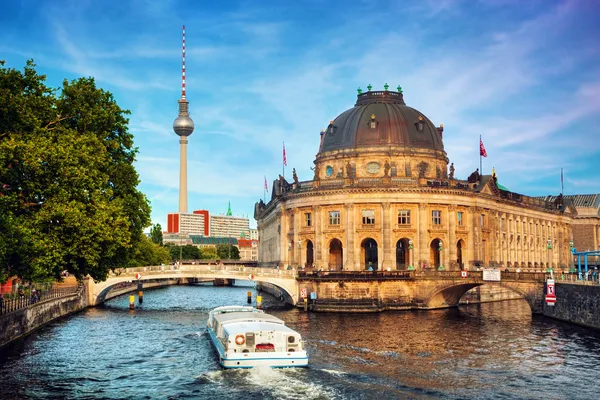
These 19th-century museum structures reflect the majesty of imperial Berlin with their neoclassical exterior and their sumptuous interiors. Walking along the colonnade is to enter a world in which horse-drawn carriages and top hats were the norm.
The architectural details take you back to a time when Berlin was on its way to becoming a cultural capital of Europe.
Original Berlin Wall Segments

Scattered throughout the city, these authentic pieces of the Wall offer quiet moments of reflection about divided Berlin. Unlike the touristy areas, segments at places like Topography of Terror and residential neighborhoods show where locals lived with the barrier for nearly three decades.
The contrast between normal daily life and this concrete reminder creates a powerful historical experience.
Berlin Story Bunker
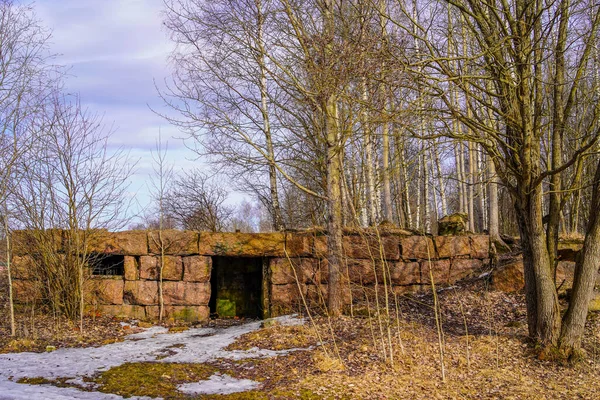
Located in a former air-raid bunker, this museum preserves the tense atmosphere of wartime and Cold War Berlin. The underground setting and historical exhibits create an authentic environment that feels eerily unsettling.
Descending into the bunker is like entering a time capsule of 20th-century anxiety and survival.
Like Travel Pug’s content? Follow us on MSN.
Kreuzberg’s Turkish Quarter
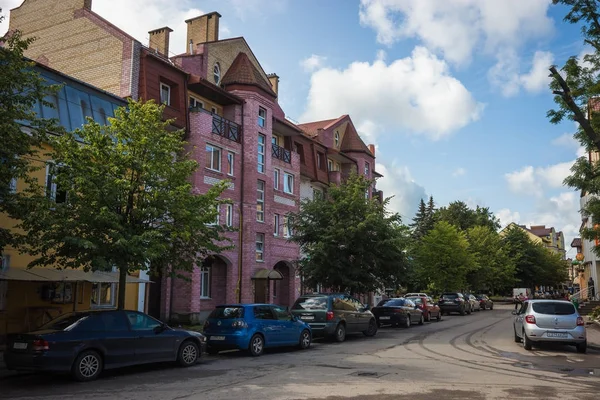
This neighborhood preserves the atmosphere of 1970s immigrant culture with family-run businesses that haven’t changed much in decades. Traditional bakeries and markets maintain the authentic feel of Turkish Berlin from the guest worker era.
The mix of German and Turkish influences creates a unique retro cultural experience.
Brandenburg Gate Area

While the gate itself dates to 1791, the surrounding area tells the story of 20th-century Berlin through its changing architecture and memorials. The nearby Reichstag and government buildings showcase different periods of German history in stone and steel.
Walking through this area is like flipping through a history textbook written in architecture.
Potsdamer Platz Contrast
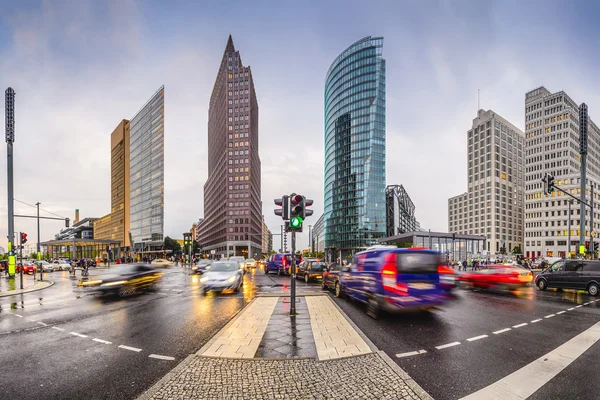
This area perfectly illustrates Berlin’s transformation from a divided city to a modern metropolis through its mix of sleek new buildings and preserved historic elements. Sections of the original Wall and guard towers sit alongside futuristic skyscrapers, creating a timeline you can walk through.
The juxtaposition makes both the past and present feel more dramatic.
Like Travel Pug’s content? Follow us on MSN.
Jewish Museum Architecture
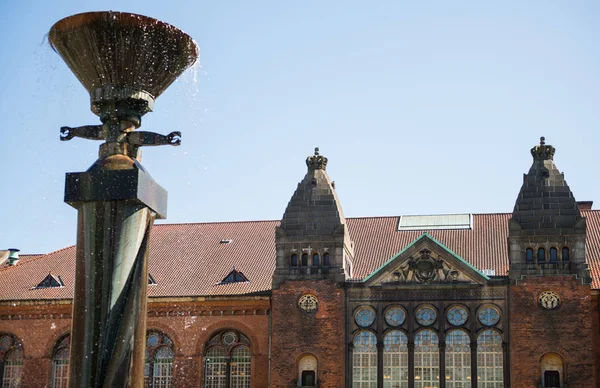
Daniel Libeskind’s building serves as a historical experience with its angular design and empty spaces representing the void left by the Holocaust. Walking through the structure creates an emotional journey through different periods of Jewish life in Berlin.
The architecture tells stories that words alone cannot convey.
Stasi Museum
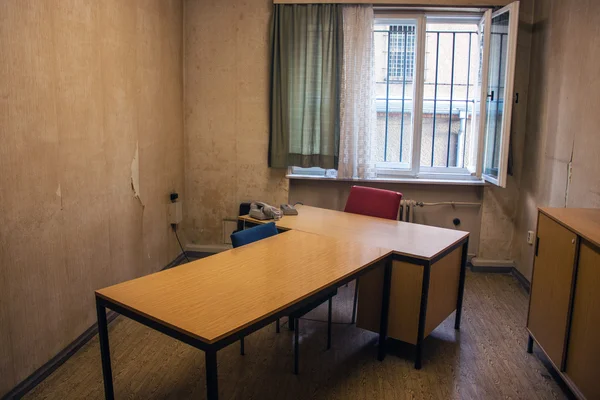
Housed in the former headquarters of East Germany’s secret police, this museum preserves the paranoid atmosphere of surveillance-state Berlin in the original offices of Erich Mielke. Original desks, filing systems, and listening devices show how the Stasi monitored daily life with obsessive detail.
The preserved workspace creates an authentic experience of life under constant observation.
Tempelhof Airport
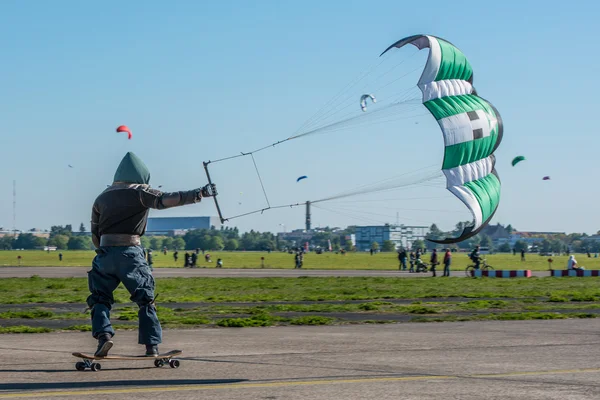
This massive 1930s airport now serves as a public park where you can walk the runways and explore the Art Deco terminal building. The grand scale showcases the ambitious building projects of that era, while its transformation into a public space represents Berlin’s ability to reclaim its history.
Cycling across the former runways creates a surreal experience of reclaimed historical space.
Like Travel Pug’s content? Follow us on MSN.
When Past Meets Present
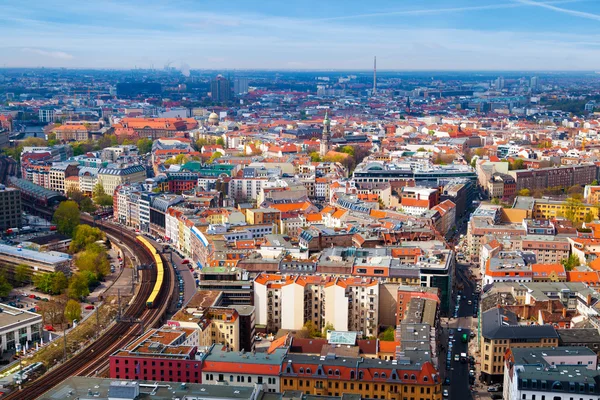
Berlin’s retro adventures work because the city wears its history openly rather than hiding uncomfortable truths in dusty museums. These experiences let you touch, taste, and walk through different eras while understanding how each period shaped modern Berlin.
The city’s greatest achievement might be turning its complex past into accessible adventures that feel authentic rather than manufactured.
More from Travel Pug

- 20 Best Beach Towns in the Carolinas
- 13 Destinations Where Tourists Regularly Regret Their Trip
- 20 Things You Actually Get in First Class
- 20 Small Airports With Aviation Museums
- 20 Places in the U.S. That Are Perfect for a Reset Trip
Like Travel Pug’s content? Follow us on MSN.
